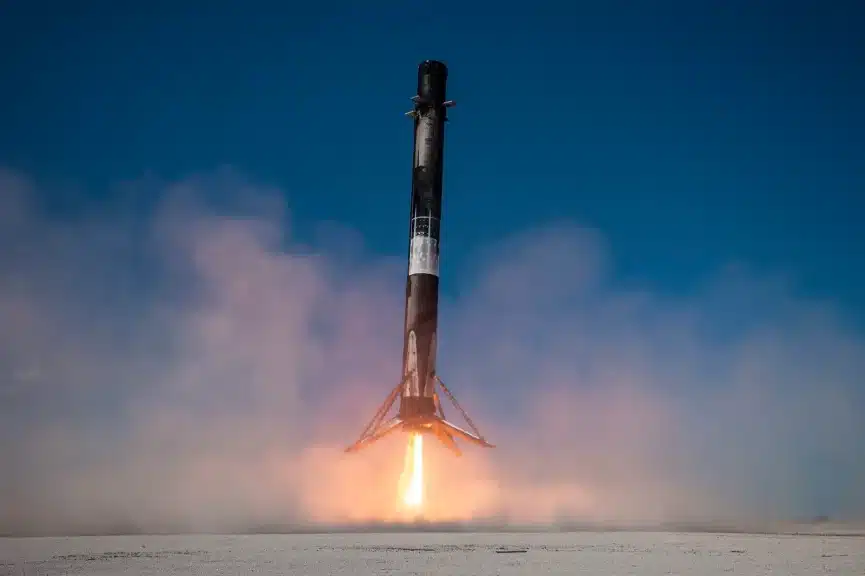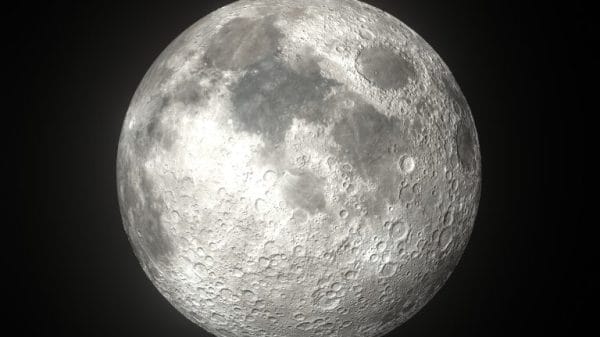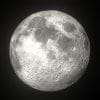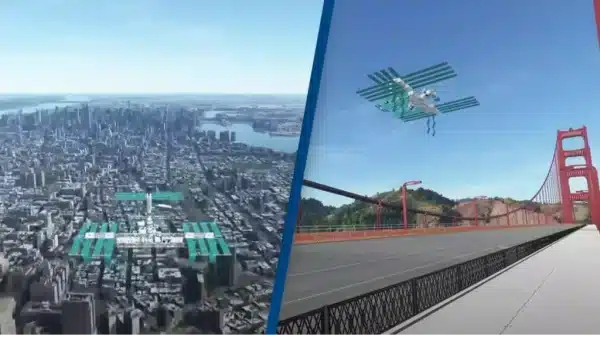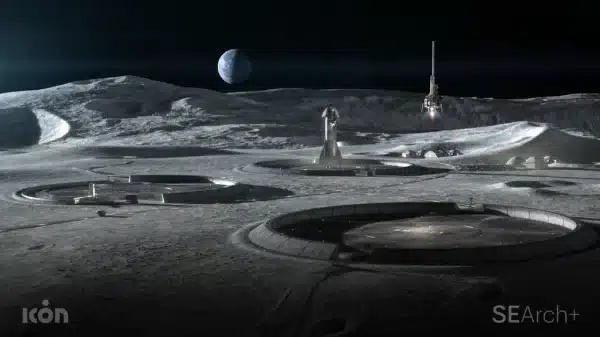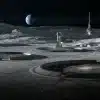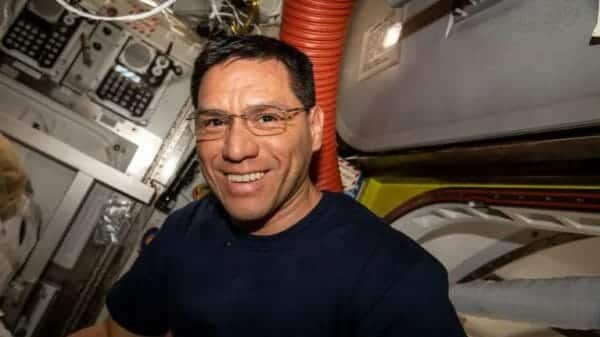SpaceX and Axiom Space are about to embark on an interstellar adventure that’s got ’em racing against time!
Picture this: there are only two golden opportunities this month for these space pioneers to launch a private astronaut mission to the International Space Station. But, and here’s the kicker, if they miss their chance, they might have to twiddle their thumbs for what feels like an eternity before they can take another shot at it. Talk about cosmic frustration!
During a riveting May 15 briefing, bigwigs from SpaceX, Axiom Space, and NASA spilled the beans on the flight readiness review for the Ax-2 mission. And guess what? They gave it the green light for a jaw-dropping May 21 launch! Brace yourselves because the Falcon 9, carrying the illustrious Crew Dragon spacecraft, is set to blast off like a shooting star at 5:37 p.m. Eastern that day. Buckle up because this sensational spectacle will culminate in a docking on May 22 at a crisp 9:30 a.m. Eastern.
But, dear readers, that’s not all. Oh no, we’re just getting warmed up. This here is the first of two opportunities to seize the moment for this mission. Fingers crossed, the backup launch date is May 22. However, NASA officials, with a tinge of caution in their voices, shared that if the Ax-2 mission doesn’t take flight by May 22, they’ll have to bide their time until after a string of other missions already slated for launch to the illustrious space station. Talk about a cosmic waiting game!
“If we don’t rocket off by the 22nd, we’ll have to put the Axiom 2 mission on ice and shift our focus to the SpaceX-28 mission,” exclaimed the ever-eloquent Joel Montalbano, NASA ISS program manager. It’s all about priorities, my friends. So, Axiom, NASA, and SpaceX will join forces to seek out the next glorious opportunity to conquer the cosmos together. But here’s the kicker, that next best opportunity? Well, it might be eons away. Picture this: the current ISS manifest boasts a SpaceX cargo mission that’s all set to launch on June 3 and hang out at the station for a good month. And that’s just the beginning!
Hold onto your helmets because, hot on its heels, we’ve got Boeing’s CST-100 Starliner revving its engines for a scorching July 21 launch. But wait, there’s more! Later this summer, we’ll be treated to the grand spectacle of the next crew rotation mission, aptly named Crew-7. It’s like a cosmic carousel, folks, with twists and turns that’ll keep us on the edge of our seats.
Oh, but we can’t forget the logistics, my dear space enthusiasts. You see, there’s a little thing called Launch Complex 39A, the sacred ground that can handle both Dragon missions and the mighty Falcon Heavy launches. It’s a hot commodity, let me tell you. With a Falcon Heavy launch on the docket for the U.S. Space Force in July, followed by EchoStar’s Jupiter-3 communications satellite making its grand entrance in August, and NASA’s upcoming Psyche mission in October, it’s a jam-packed schedule. We’re talking a blink-and-you’ll-miss-it narrow launch window for Psyche, racing against the clock to reach its asteroid destination. Talk about a celestial dance!
Now, let’s zoom in on the whirlwind that brought us to this nail-biting moment. A delay in another Falcon Heavy launch caused quite the shuffle for Ax-2. You see, a Falcon Heavy roared
to life on April 30, carrying Viasat’s ViaSat-3 Americas satellite. But Mother Nature and some pesky technical gremlins threw quite the cosmic tantrum, delaying liftoff for nearly two weeks. And guess what suffered the consequences? You got it, Ax-2. The mission, which was initially scheduled for a spectacular May 8 launch, had to sit tight and wait its turn.
But hey, space aficionados, we’re not out of the woods just yet. Brace yourselves for a compacted Ax-2 mission. Axiom Space had big dreams of the Dragon docking with the ISS for a solid 10 days. But alas, life in the cosmos is full of surprises. At the captivating May 21 briefing, officials revealed that the docked time had been trimmed down to a swift eight days. Sacrifices had to be made, my friends. It was all about ensuring the mission flowed seamlessly with the station’s busy schedule. And rest assured, this cosmic shortcut won’t impact the grand research objectives they’ve got in store. It’s all about striking that delicate cosmic balance.
Derek Hassmann, the maven of mission integration and operations at Axiom Space, spilled the beans on the behind-the-scenes decision-making. They went through the mission’s planned activities, juggling priorities like cosmic jugglers, and gave research the top spot. “In the end,” he confidently declared, “we managed to preserve the integrity of our research objectives. Sure, we had to put some media outreach and other secondary matters on the back burner, but hey, sacrifices had to be made, right?”
But don’t fret, dear readers. Even with a shorter docked time, the two stellar astronauts from Saudi Arabia, Ali Alqarni and Rayyanah Barnawi, still have a whirlwind of media events planned during their celestial sojourn. Especially with eager students itching to witness this mind-blowing cosmic odyssey. And they won’t be alone in this daring escapade. Oh no! Joining them will be the formidable commander Peggy Whitson, a veteran NASA astronaut, and the one and only John Shoffner, an American private astronaut who’ll be piloting Ax-2. Hold onto your helmets, folks, because this crew is ready to rock the cosmos!
Now, let’s talk nitty-gritty details. Bill Gerstenmaier, the vice president of build and flight reliability at SpaceX, assured us that there are no technical hiccups standing in the way of a May 21 launch. The schedule calls for a good ol’ “dry dress” rehearsal with the crew on May 19, followed by a breathtaking static-fire test of the mighty Falcon 9. It’s all systems go, my friends!
But here’s where things get even more exciting. This is no ordinary mission, ladies and gentlemen. Oh no, it’s a mission that’s breaking the mold. For the very first time, a crewed mission is attempting a booster landing back at Cape Canaveral’s Landing Zone 1. That’s right, they’re bringing it back home! Forget about those floating droneships in the Atlantic Ocean. This time, they’re aiming for the good ol’ Cape, folks. Why, you might ask? Well, it’s all about maximizing performance and minimizing those pesky weather constraints. Plus, it’s a heck of a lot easier to prep that booster for its next cosmic rendezvous. We’re talking about space-age efficiency here, my friends!
And guess what, dear readers? This delightful twist emerged from the invaluable experience gained through launching Starlink satellites. Turns out, they had the capability all along, just weren’t sure if they could consistently deliver. But thanks to the countless Falcon flights that have
graced our cosmic playground, SpaceX is here to boldly declare, “Yes, my friends, we’ve got the performance you crave!” From this point forward, returning boosters to the Cape will be standard practice for all future crewed launches. It’s a cosmic commitment to efficiency and reliability.
So, there you have it, space enthusiasts! The stage is set, the countdown has begun, and the cosmic excitement is palpable. SpaceX and Axiom Space are locked and loaded, ready to seize the day and conquer the heavens. Will they blast off on May 21, reaching for the stars with unwavering determination? Or will they face the cosmic dance of fate and have to wait for the next celestial window of opportunity? Only time will tell, my friends, so buckle up and prepare for an extraterrestrial thrill ride like no other!


